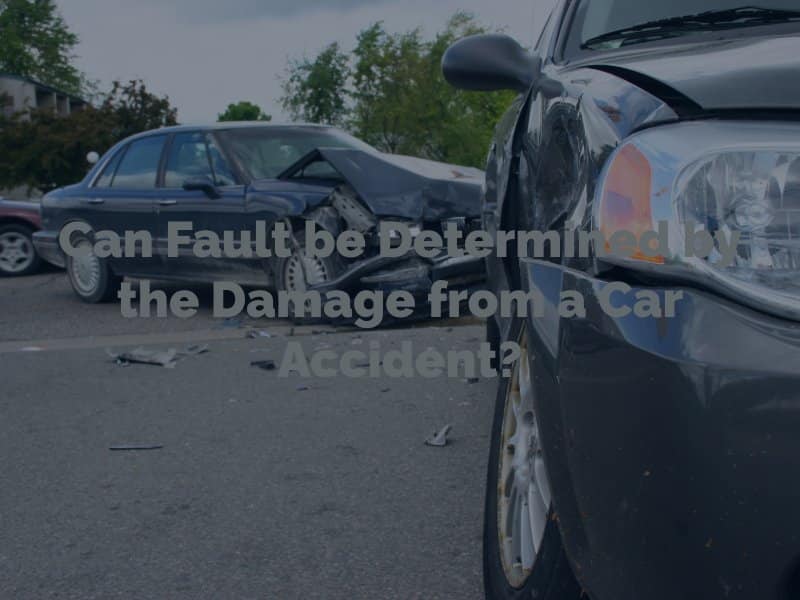Can Fault be Determined by the Damage from a Car Accident?
In the aftermath of any vehicle accident, fault has to be determined so compensation can be paid to injury and property damage victims. There are various ways that fault can be determined after a vehicle accident occurs. Typically, this will be done by gathering evidence from the scene. Vehicle damage can also be used to help determine who caused a vehicle accident. Here, we want to discuss how vehicle damage can be examined to determine liability for a vehicle accident in North Carolina.

Main Factors Used to Determine Liability
There are a variety of pieces of evidence that can be used to determine liability, though every crash is different. Not every single vehicle accident will use the same exact type of evidence. However, some of the most common types of evidence used by law enforcement officials and insurance carriers to determine liability in a vehicle crash include the following:
- Statements from the drivers and passengers involved
- Photographs taken at the scene of the crash
- Video surveillance of the incident
- Statements from eyewitnesses
- Vehicle “black box” data
- Mobile device data
- Vehicle damage
How Does Examining Vehicle Damage Determine Liability?
In some cases, liability is fairly clear after a vehicle accident occurs in North Carolina. Often, there is a preponderance of evidence that points to one liable party. Unfortunately, there are times when there’s not much evidence to go by, and law enforcement officials or insurance carriers may have to rely solely on vehicle damage to understand what happened at the scene.
Sometimes, vehicle damage can paint a fairly clear picture of what happened in a vehicle accident. Typically, those involved can look at a vehicle and at least see where the vehicles were impacted. If a vehicle has sustained rear-end damage and another vehicle behind that one has sustained front-end damage, this could be a clear indicator that there was a rear-end collision. Usually, the rear driver in these situations is at fault.
However, suppose there is one vehicle with front-end damage and another vehicle with damage to the side. This would likely indicate a side-impact or T-bone collision, but this may not clearly indicate fault. In these situations, either party could be at fault, depending on the circumstances that led up to the incident.
Even though vehicle damage could certainly help paint a clearer picture of who caused the accident, going off of vehicle damage alone may not be enough to completely determine my ability for the purposes of securing an insurance settlement or going through a successful personal injury trial. Typically, we will want to see vehicle damage used in conjunction with other types of evidence to help prove liability beyond a reasonable doubt.
Work With an Attorney in These Cases
If you or somebody you love has been injured in a vehicle accident caused by another driver in North Carolina, reach out to a Raleigh car accident attorney as soon as possible. A skilled vehicle accident lawyer can use their resources to conduct a full investigation into the claim and work diligently to recover total compensation for their losses. They will even contact and work with an accident reconstruction expert if necessary to ensure you are treated fairly.
